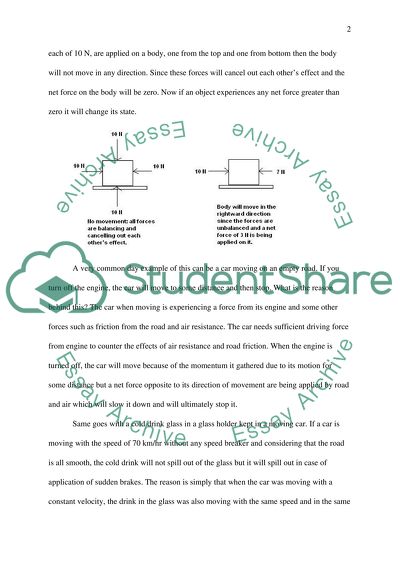Cite this document
(“Newtons Laws of Motion Essay Example | Topics and Well Written Essays - 1500 words”, n.d.)
Newtons Laws of Motion Essay Example | Topics and Well Written Essays - 1500 words. Retrieved from https://studentshare.org/miscellaneous/1518454-newtons-laws-of-motion
Newtons Laws of Motion Essay Example | Topics and Well Written Essays - 1500 words. Retrieved from https://studentshare.org/miscellaneous/1518454-newtons-laws-of-motion
(Newtons Laws of Motion Essay Example | Topics and Well Written Essays - 1500 Words)
Newtons Laws of Motion Essay Example | Topics and Well Written Essays - 1500 Words. https://studentshare.org/miscellaneous/1518454-newtons-laws-of-motion.
Newtons Laws of Motion Essay Example | Topics and Well Written Essays - 1500 Words. https://studentshare.org/miscellaneous/1518454-newtons-laws-of-motion.
“Newtons Laws of Motion Essay Example | Topics and Well Written Essays - 1500 Words”, n.d. https://studentshare.org/miscellaneous/1518454-newtons-laws-of-motion.


